The Chinese Lunar New Year, also known as Spring Festival, is the most cherished and culturally significant holiday in Chinese communities worldwide. Central to its celebration is the Chuxi reunion dinner—a lavish feast held on New Year’s Eve that brings families together to bid farewell to the old year and welcome the new. This gathering is steeped in tradition, with every dish carefully chosen to symbolize prosperity, luck, and togetherness. From dumplings shaped like ancient gold ingots to whole fish representing abundance, the foods served during this meal carry deep cultural meanings. This article delves into the history, symbolism, and regional variations of the most iconic traditional dishes that grace tables during this auspicious occasion.
Dumplings (Jiǎozi 饺子): A Northern Staple of Wealth and Unity
In northern China, dumplings (jiǎozi) are the undisputed stars of the reunion dinner. These half-moon-shaped pockets of dough, typically filled with minced meat and vegetables, are believed to resemble yuanbao—the silver and gold ingots used as currency in imperial China. Eating dumplings is thus said to attract wealth and good fortune in the coming year. The act of making dumplings is also a communal ritual, with families gathering to roll dough, prepare fillings, and fold the dumplings together. This process fosters bonding and ensures the new year begins with harmony.
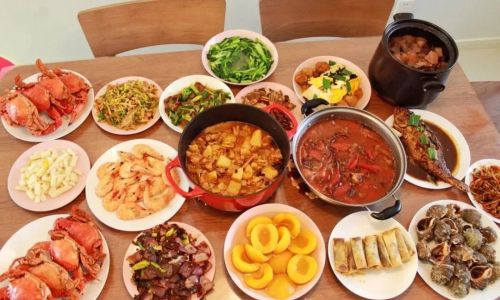
Dumpling fillings often carry additional symbolic meanings. For example, cabbage and radish fillings represent wealth (bǎicái in Chinese, a homophone for “hundred fortunes”), while celery symbolizes diligence (qíncài sounds like “diligent and intelligent”). Some families even hide a coin inside a dumpling; the person who finds it is believed to receive extraordinary luck.
Glutinous Rice Cake (Niángāo 年糕): A Sweet Climb to Success
In southern China and among overseas Chinese communities, niángāo (glutinous rice cake) is a must-have dessert. Made from sticky rice flour, sugar, and often red bean paste or chestnuts, this chewy treat symbolizes progress and advancement. The name niángāo is a homophone for “higher year,” reflecting the hope for improvement in career, academics, or life. The cake’s golden hue, achieved through frying or steaming, also mirrors the color of gold, reinforcing its association with wealth.
Different regions prepare niángāo in unique ways. In Shanghai, it is often sliced and pan-fried until crispy, while in Beijing, it may be steamed with jujube fruits. Regardless of preparation, the dish’s sticky texture is prized, as it represents familial bonds that remain unbroken.
Whole Fish (Yu 鱼): The Promise of Abundance
A whole steamed or braised fish (yu) is another essential dish, with its presentation varying from Cantonese-style ginger-scallion fish to Sichuan’s spicy shuizhu preparation. The fish is always served intact, with head and tail attached, to symbolize a prosperous beginning and end to the year. Crucially, diners are instructed to leave some fish uneaten, as the phrase “having fish left over” (nián nián yǒu yú) sounds identical to “having surplus every year.” This act ensures the household will never lack abundance.
The choice of fish also carries regional nuances. In coastal provinces like Zhejiang, sea bass is favored for its delicate flavor, while inland areas might opt for carp. Regardless of species, the fish’s eyes are traditionally left untouched until the meal’s end, as touching them is believed to cause financial loss.
Spring Rolls (Chūnjuǎn 春卷): Golden Bars of Wealth
Spring rolls are a beloved snack in southern China, particularly in Fujian and Taiwan. These crispy, golden-brown pastries are filled with a mixture of vegetables, meat, and sometimes seafood, then deep-fried until flaky. Their shape and color resemble gold bars, earning them the nickname jīnzhǐ (gold ingots). Eating spring rolls is thus said to invite prosperity, especially for businesses.
The dish’s name itself is auspicious: chūn means “spring,” symbolizing renewal, while juǎn refers to the rolling of good fortune into one’s life. Some families serve them alongside sweet-and-sour sauce to represent the balance of life’s joys and challenges.
Tangyuan (汤圆): Sweet Spheres of Family Unity
While dumplings dominate the north, the sweet rice balls known as tangyuan are central to southern New Year’s Eve celebrations. These glutinous rice dumplings, filled with sesame, red bean, or peanut paste, are boiled in a sweet broth and served hot. Their round shape symbolizes family togetherness and completeness, as the Chinese word tuán yuán means “reunion.”
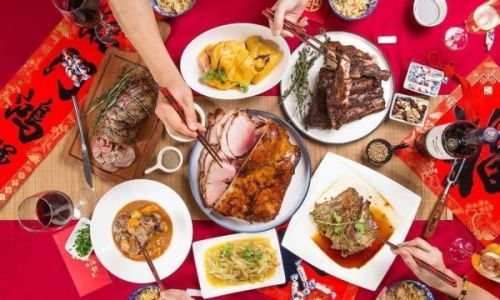
Tangyuan are particularly significant during the Lantern Festival, which marks the end of Spring Festival celebrations. However, many families now incorporate them into the reunion dinner to emphasize unity. In some households, the dumplings are made in multiple colors using natural dyes like beet juice (red) or spinach (green), each hue representing different blessings.
Hot Pot (Huǒguō 火锅): A Communal Feast of Harmony
In recent decades, hot pot has emerged as a popular reunion dinner option, especially in urban centers. The simmering pot of broth at the center of the table allows diners to cook their own ingredients—meats, vegetables, mushrooms, and noodles—reflecting the idea of shared prosperity. The bubbling broth also symbolizes a thriving life, while the round shape of the pot mirrors familial unity.
Regional hot pot styles vary widely. Chongqing’s málà (numbing-spicy) broth is favored for its fiery kick, while Cantonese versions use mild chicken or bone broths. Regardless of style, the communal aspect of cooking and sharing food fosters connection, making it a modern yet meaningful addition to traditional menus.
Regional Variations: From Eight Treasures Rice to Buddha Jumps Over the Wall
China’s vast geography and cultural diversity mean reunion dinner menus vary significantly by region. In Shandong Province, the “Eight Treasures Rice” (bābǎo fàn)—a dish of glutinous rice studded with dates, lotus seeds, and dried fruits—is a symbol of harmony. In Fujian, the elaborate fó tiào qiáng (Buddha Jumps Over the Wall) soup, made with abalone, sea cucumber, and shark’s fin, is reserved for special occasions due to its labor-intensive preparation and luxurious ingredients.
In contrast, Hakka communities might serve pānzǐ (steamed rice cakes), while Uyghur families in Xinjiang incorporate lamb and raisins into their New Year’s spread. These variations highlight how the reunion dinner adapts to local tastes while retaining its core purpose: celebrating heritage.
Vegetarian and Modern Adaptations: Balancing Tradition and Health
As dietary preferences evolve, many families now offer vegetarian versions of traditional dishes. For example, tofu-based “fish” or mushroom-filled dumplings cater to vegan guests without sacrificing symbolism. Similarly, health-conscious cooks might use leaner meats or reduce oil in fried dishes like spring rolls.
Some households also incorporate fusion twists, such as sushi-style dumplings or deconstructed niángāo desserts. These innovations reflect the changing times while preserving the meal’s spiritual significance.
The Ritual of Preparation: A Labor of Love
Beyond the dishes themselves, the reunion dinner is defined by the rituals surrounding its preparation. Days in advance, families clean their homes to sweep away bad luck, hang red lanterns and couplets, and stock up on ingredients. On New Year’s Eve, elders often pass down recipes to younger generations, ensuring culinary traditions endure.
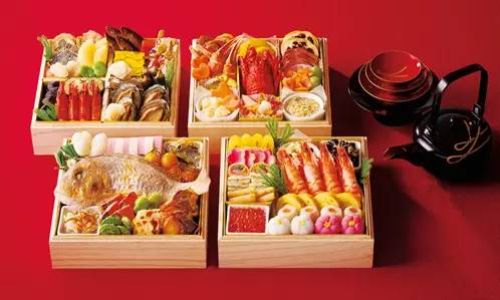
The meal itself begins with a toast to ancestors, followed by dishing out food in a specific order—fish first, then meats, and finally sweets. Leftovers are deliberately kept to symbolize abundance, and dishes are arranged to balance colors, flavors, and textures according to fēngshuǐ (feng shui) principles.
Historical Roots: From Imperial Courts to Humble Homes
The reunion dinner’s traditions have ancient origins. During the Han Dynasty (206 BCE–220 CE), offerings were made to kitchen gods to ensure a bountiful harvest. By the Tang Dynasty (618–907), imperial banquets featured elaborate dishes like yushēng (raw fish salad), a precursor to modern prosperity toss salads in Southeast Asia.
The Qing Dynasty (1644–1912) solidified many contemporary customs, including the emphasis on whole fish and dumplings. However, it was not until the 20th century that the reunion dinner became accessible to all, as industrialization allowed urban workers to return home for the holiday.
Global Influence: How Chinese New Year Foods Transcend Borders
Today, Chinese New Year foods are celebrated worldwide. In cities like New York, London, and Sydney, restaurants offer set menus featuring jiǎozi, niángāo, and yu. Food bloggers and chefs share recipes for dishes like bābǎo fàn, while supermarkets stock pre-made dumplings and spring rolls.
This global reach has introduced non-Chinese communities to the holiday’s culinary traditions. In Japan, osechi-ryōri (New Year’s dishes) now include Chinese-inspired items like niku-jaga (meat and potato stew), while Vietnamese Tết celebrations feature bánh chưng (sticky rice cakes) reminiscent of niángāo.
Conclusion: A Feast of Memory and Hope
The Chinese Lunar New Year’s Eve reunion dinner is more than a meal—it is a tapestry of history, symbolism, and love. Each dish tells a story: of ancestors who toiled for prosperity, of families united across distances, and of hopes for a brighter future. Whether biting into a crispy spring roll or savoring a steaming dumpling, diners partake in a ritual that transcends time and space.
As the world grows more interconnected, these traditions evolve, yet their essence remains unchanged. The reunion dinner is a testament to the enduring power of food to nourish not just bodies, but also souls. In every chopstick’s grasp and every shared laugh, the spirit of Chuxi lives on—a reminder that no matter where life takes us, we are always bound by the threads of tradition and the warmth of home.
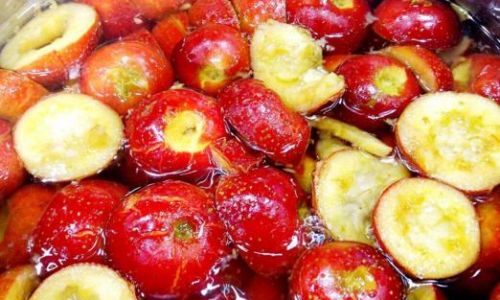
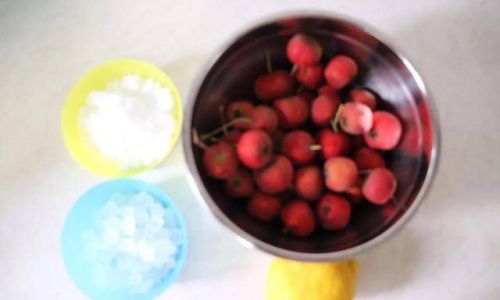
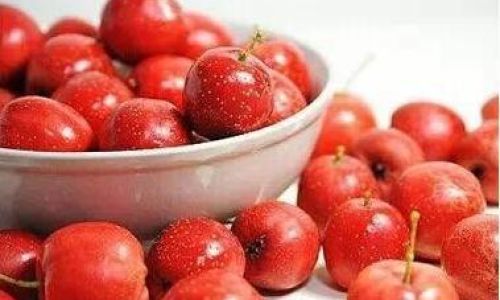

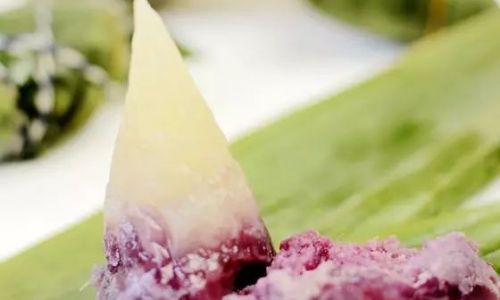
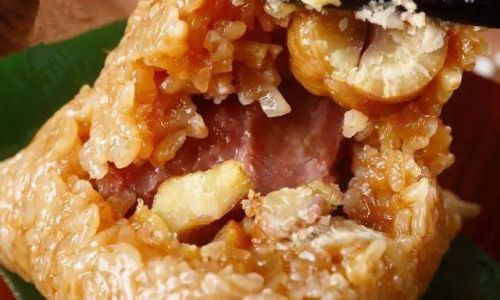
0 comments